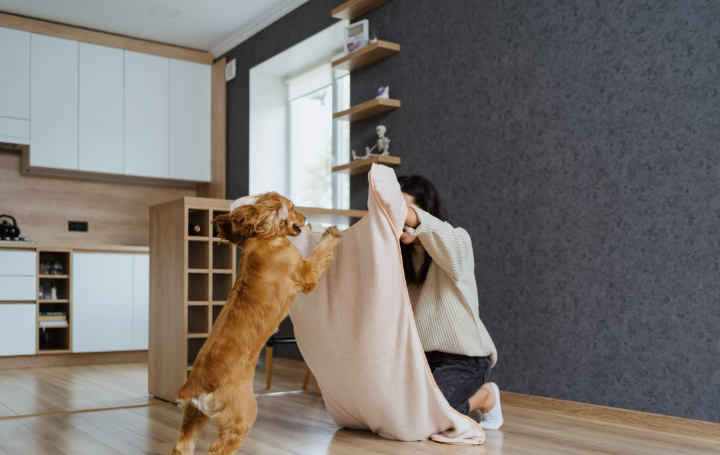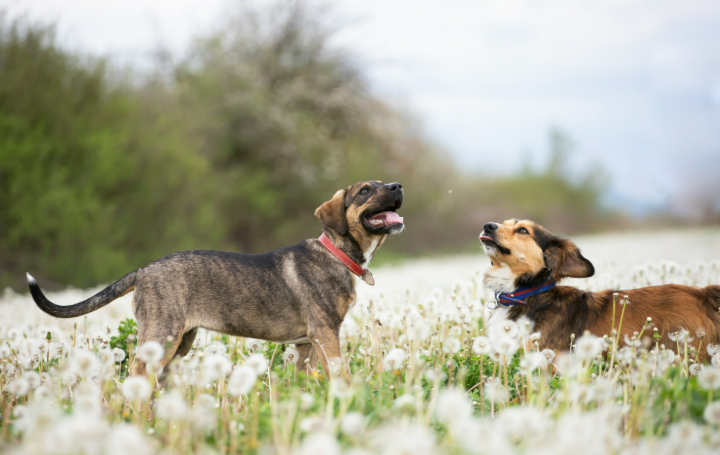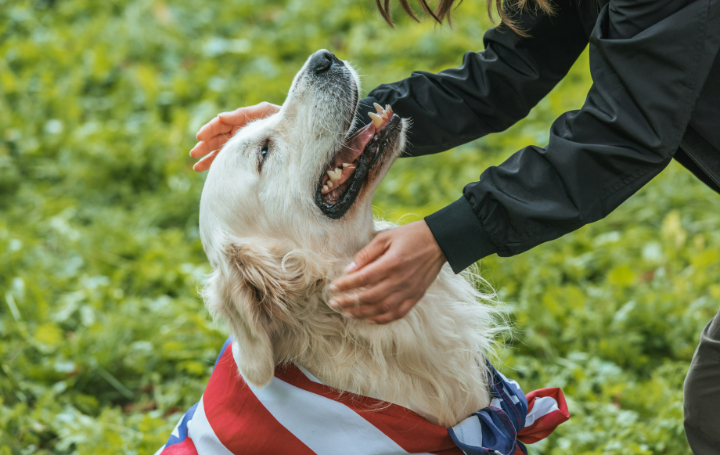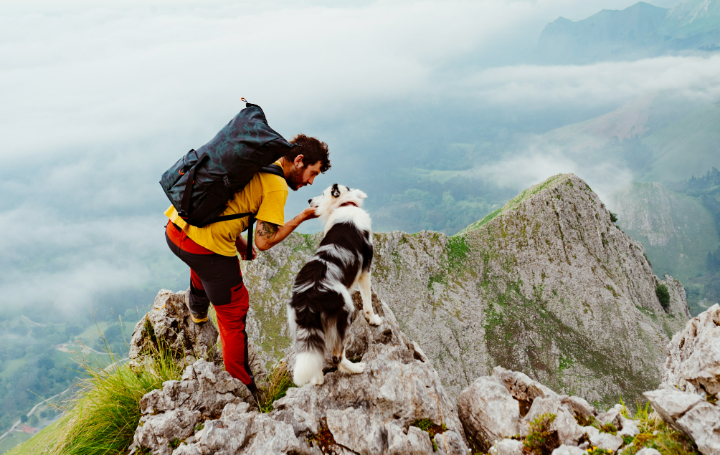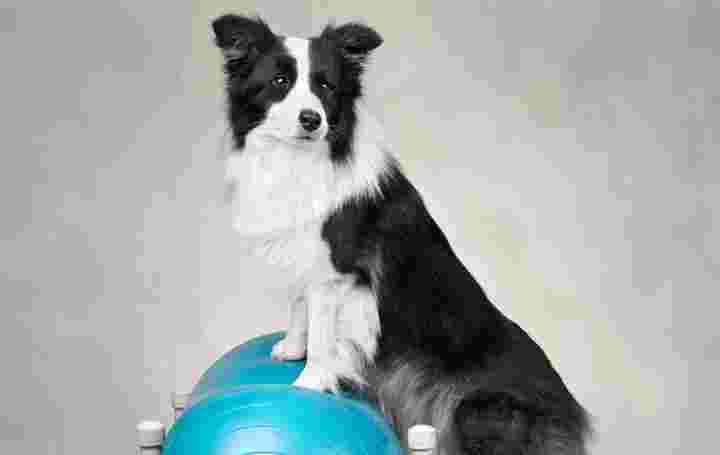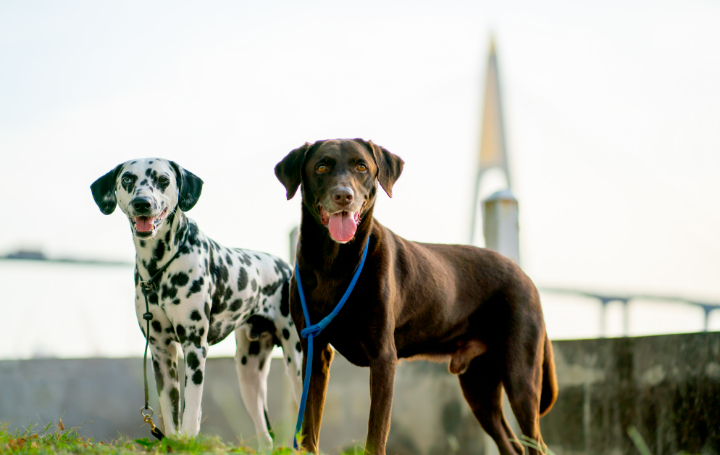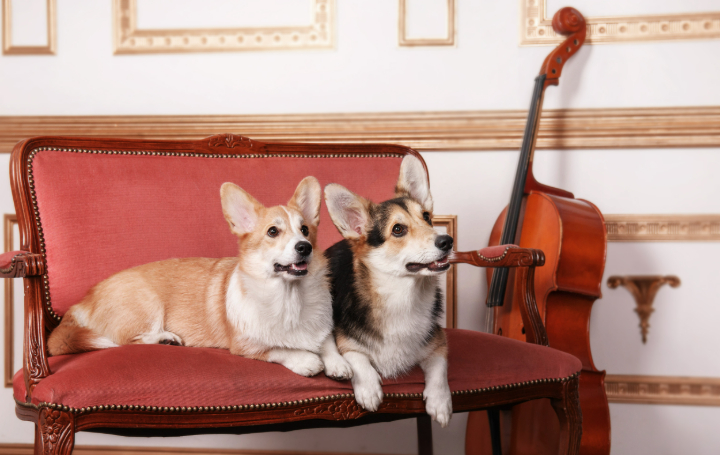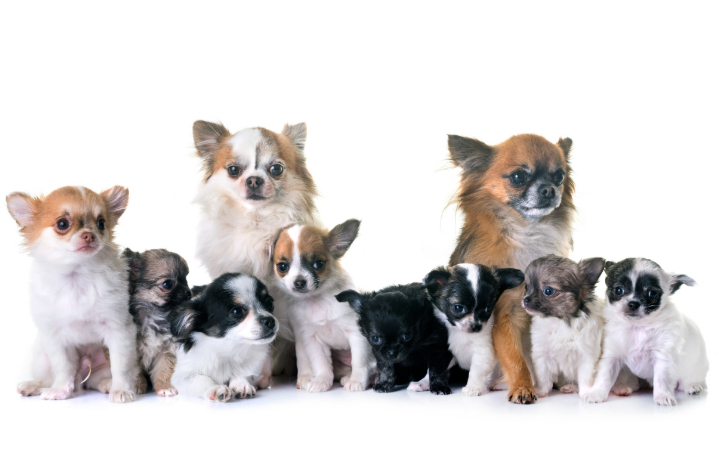The Connection Between Dogs and Exercise: Keeping Your Pup Fit and Healthy
You understand the importance of maintaining your pet’s health and happiness if you own a dog. Did you realize, however, that regular exercise is not only beneficial to you but also essential for your dog? Exercise, whether it be walking, throwing a ball, or simply playing tug-of-war in the backyard, is essential for your dog’s general well-being. In order to keep your dog healthy and energetic, let’s explore the fascinating realm of dog exercise.
Why Exercise Matters for Dogs
As you may already be aware, exercise improves human health by strengthening our hearts, muscles, and minds. Dogs, however, are no exception! Frequent exercise benefits your dog’s physical and emotional health in numerous ways.
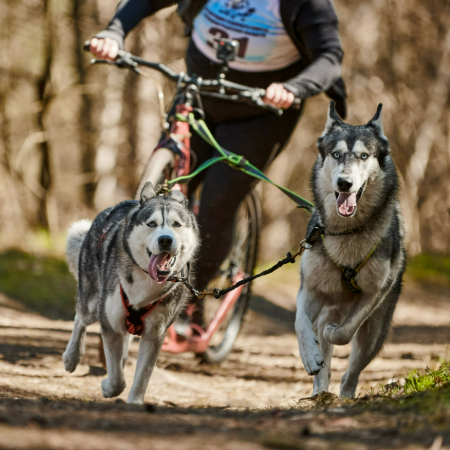
1. Maintains a Healthy Weight
Dogs who don’t get enough exercise might acquire weight, just like humans do. Diabetes, heart difficulties, and joint pain are just a few of the health issues that overweight dogs may have. Frequent exercise helps your dog burn off excess calories, maintain a healthy weight, and lower the risk of health issues associated with obesity.
2. Strengthens Muscles and Joints
Your dog’s joints and muscles will remain flexible and powerful with exercise. Every action they make, whether it’s playing fetch or taking a little stroll, keeps their body functioning properly. It’s particularly crucial for older dogs and dogs of specific breeds that can be more susceptible to joint issues like hip dysplasia. They remain flexible and experience less discomfort as they age thanks to regular exercise.
3. Improves Mental Health
The benefits of exercise for your dog’s mind and body are equal. Lack of mental and physical stimulation can make dogs bored, nervous, or even destructive. Frequent exercise, particularly when combined with mentally taxing sports (like agility training or retrieve), can help reduce anxiety and avoid harmful behaviors like digging or chewing. Additionally, it provides them with an opportunity to positively release pent-up energy.
4. Boosts Cardiovascular Health
Dogs must exercise to maintain their health, just like people do. They strengthen their lungs, increase cardiac function, and improve circulation with regular exercise. As they age, this lowers their chance of developing cardiovascular disease and keeps them feeling fantastic all their lives.
5. Builds a Strong Bond with You
To strengthen your relationship with your dog, exercise is a terrific idea. Your bond is strengthened by these shared experiences, whether you’re playing in the garden or hiking through the woods. Regular exercise allows you and your dog to stay in shape while enjoying each other’s company. Dogs love to engage with their owners.
How Much Exercise Does Your Dog Need?
Now that we understand the need for exercise, let’s discuss how much your dog truly needs to get. Your dog’s age, breed, size, and general health are some of the variables that may affect the amount.
1. Puppies and Young Dogs
Young canines are full of energy! For healthy and robust growth, puppies in particular require a lot of playing and exercise. They are still developing their growing bones and joints, so it’s crucial to avoid going overboard. Throughout the day, short play periods are ideal, but you should stay away from prolonged, strenuous activities that could strain your muscles.
2. Adult Dogs
The usual rule of thumb is that most adult dogs should exercise for at least 30 to 1 hour per day. This can be broken up into a few walks or a yard game of fetch. Some dog breeds, like Labrador Retrievers and Border Collies, require up to two hours of exercise every day, while more relaxed types, like Basset Hounds or Bulldogs, may be happy with less.
3. Senior Dogs
Although the duration and intensity of exercise may need to be modified, older dogs still require it. Even while senior dogs may not have as much energy as they once had, maintaining their joints and muscles can be achieved by mild play, swimming, or gentle walks. To be sure a new exercise regimen is safe for an older dog’s health, always check with your veterinarian before beginning.
Fun Ways to Exercise with Your Dog
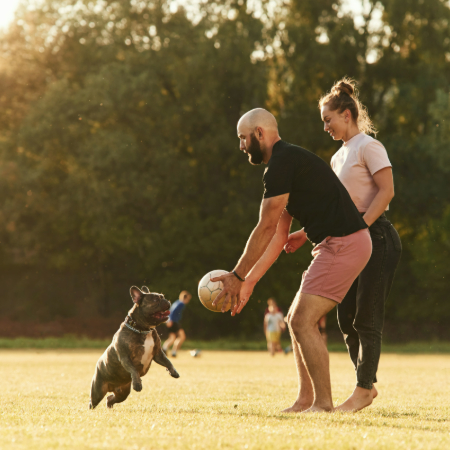
Let’s look at some enjoyable ways to get your dog moving now that you are aware of the advantages and the amount of exercise they require! You may both keep active and healthy by engaging in a variety of fun activities.
1. Walks and Hikes
It’s the traditional dog exercise: walking! Your dog will love it as a bonding activity in addition to getting their recommended daily amount of steps. Walks provide cerebral stimulation while your dog sniffs about and investigates the surroundings, whether you’re walking around the block or trekking through the woods.
Expert advice: Vary it! For a different experience, try hiking a longer distance or trying a different route with your dog. During the stroll, you might incorporate some exercise to retain their attention.
2. Fetch
Fetch is a great technique to keep your dog moving if they enjoy chasing after objects. A ball or a stick and a small area will suffice; a fancy park or a big garden are not necessary. Let your dog run to get the item once you toss it. It’s an easy yet powerful workout that may truly exhaust your dog!
3. Dog Sports
Think about canine sports like agility, flyball, or even dock diving if you want a more planned workout! These exercises are meant to keep your dog engaged both cognitively and physically. They also offer excellent chances for interacting with others and picking up new abilities. Additionally, you and your dog will have a great time doing them.
4. Tug-of-War
When you want to burn off energy indoors, a good tug-of-war game is ideal. Using a durable rope or tug toy, just hold one end while your dog pulls on the other. In addition to providing your dog with physical stimulation, it’s also a fantastic method to increase trust and fortify your relationship.
5. Swimming
For your dog, swimming is a great low-impact activity if they enjoy the water. For elderly dogs who might struggle with other types of exercise or for dogs with joint problems, it’s fantastic. In addition, it’s a great way to stay cool in the heat! Just watch them carefully, especially if they’re not accustomed to swimming.
6. Interactive Toys and Puzzles
Interactive toys and puzzles can keep your dog mentally engaged and provide them with some exercise on days when you’re cooped up indoors. The best toys for keeping your dog’s mind active are those that release rewards or that your dog must unlock.
Tips for Keeping Your Dog Safe During Exercise
Safety should always come first, even while exercise is crucial. The following advice can help to ensure your dog is safe while exercising:
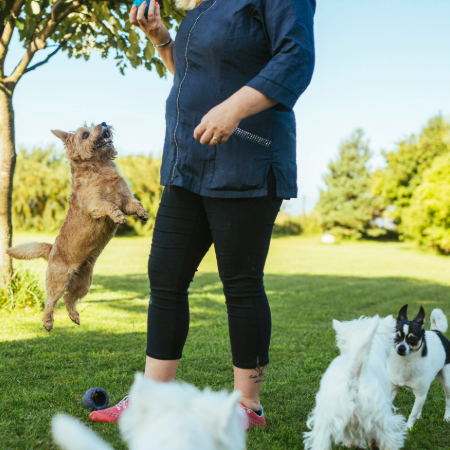
Warm Up and Cool Down: Dogs must warm up their muscles before exercise and cool down afterward, just like humans do. To aid in your dog’s recuperation, begin with a leisurely walk and conclude with a leisurely stroll.
Hydration: Keep water on hand at all times, particularly during hot weather. During and after activity, make sure your dog stays hydrated because they might become overheated easily.
Keep an Eye on the Weather: Pay attention to the weather, particularly when it’s really hot or cold. Adapt your workout regimen to the weather because dogs can get frostbite or heatstroke.
Recognize Your Dog’s Boundaries: Each dog is unique. While some dogs enjoy brief play sessions, others may enjoy lengthy runs. Keep an eye on your dog’s energy levels and modify the amount of difficulty of their workout.
Conclusion
For your dog to stay healthy, content, and energetic, exercise is essential. By incorporating regular exercise into your dog’s routine, you’re strengthening your relationship with them and promoting mental wellness in addition to helping them keep a healthy weight and muscular body. The time spent moving together, whether it’s playing fetch, taking a walk, or participating in a dog sport, is invaluable. As you both maintain your health and fitness, go out, have fun, and see your dog’s tail wag with delight!
Doglime for more dog-related information.
Tags

